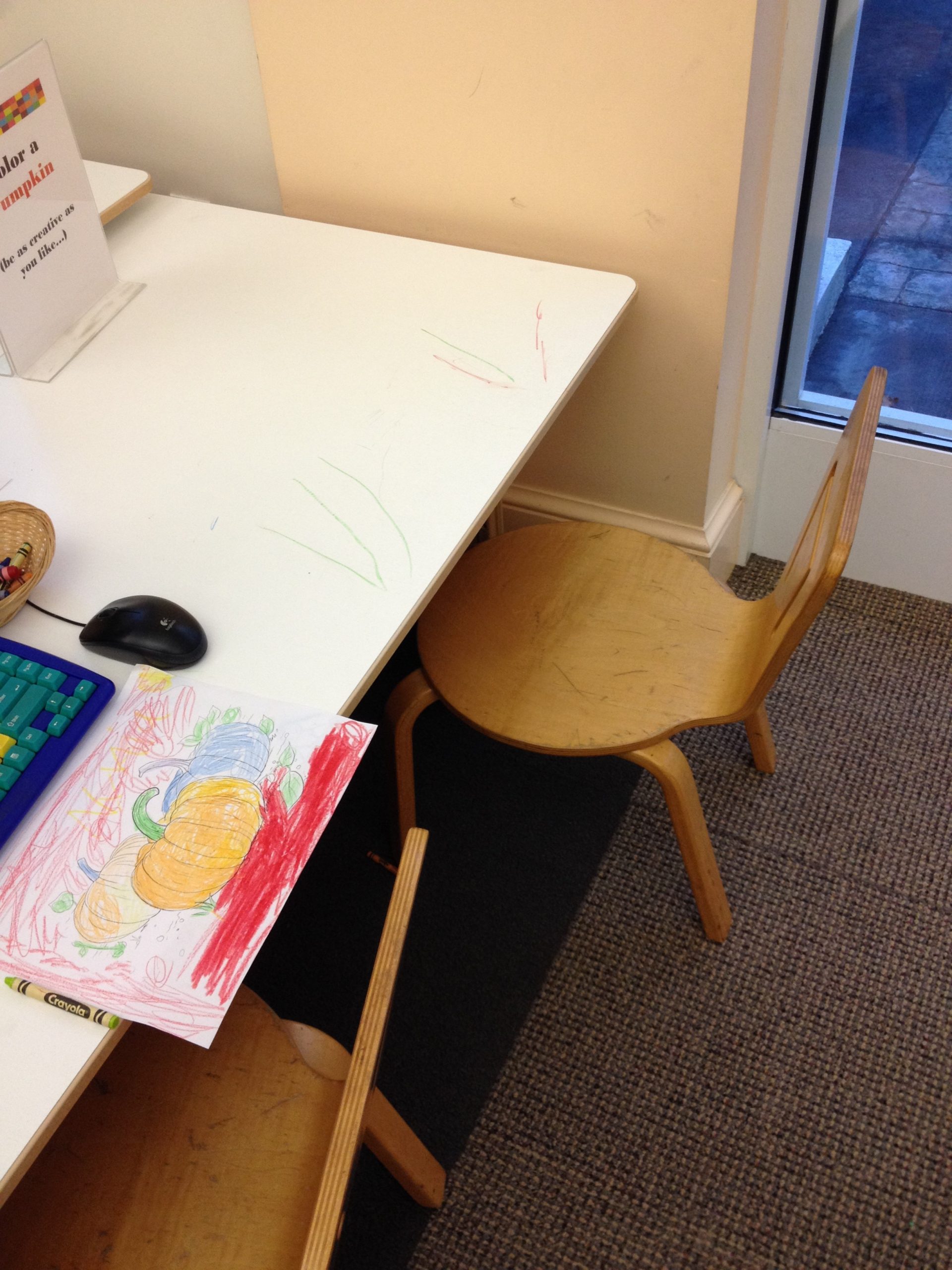Comments to students must be positive to build confidence. Not only does it have to be positive, it must be meaningful. Meaningful and positive feedback for students allows them to become self-regulated learners.
Feedback for student work is an integral part of learning. Meaningful and constructive feedback helps students learn from mistakes and misunderstandings. Mistakes are a part of the learning process. Students need to see how to improve their work. Avoid generic comments that are not meaningful to a student’s progress.
Comments for Feedback
Positive and meaningful responses for assignments, essays, and tests are useful. Verbal or written feedback is best. However, its purpose is to improve performance and further thought. It must not damper the learning. The comments must not discourage a student’s efforts. The importance is in the quality.
- Students need to understand what they are to learn.
- The activities and assignment must align to the goal.
- Student need to see how to improve.
Meaningful feedback provides students with what they do correctly. Praise the work, correct errors, praise the work. A good method to follow i to make comments in a timely manner. Also, it’s important to know the capabilities of each student.
- Know what each student can and can’t do.
- Compare the work to others.
- Let the student know how to do better.
- Provide a model if necessary.
Comments and questions guide further learning more than generic comments such as a smile/frown face, or a letter grade. Generic comments tell the student nothing. Feedback needs to lead to a reflective process. Therefore, meaningful comments provide motivation and student success.
Benefits to the Teacher
Both teachers and students benefit from meaningful feedback. As teachers learn what the students know, the collection of evidence helps with teaching strategies. Teachers adapt strategies to enhance the students’ learning. Meaning feedback process is easy for every teacher.
First, set the learning goals.
Second, collect evidence from the student’s activities and assignments.
Third, give the student feedback on how to improve.
Last, check on the outcome of the student’s response to the feedback.
Students must understand their learning goal. Clarity leads to improvements in further learning. Both positive and negative comments serve as a reminder of room for improvement. Students like feedback on their work that leads toward the goal. It helps them improve and motivates the learning.



